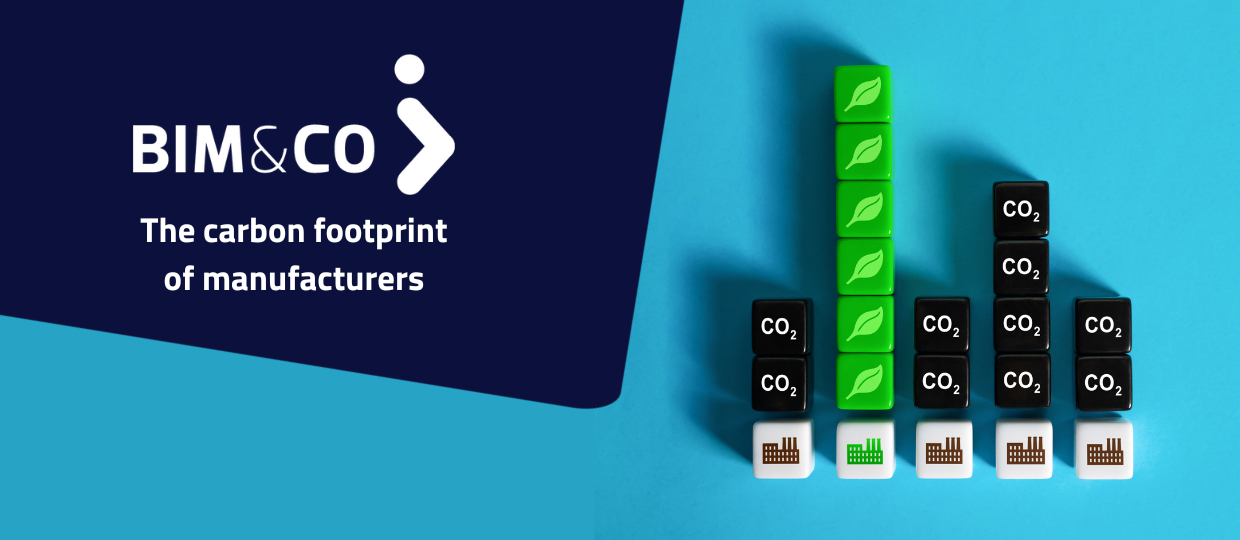Implementing corporate social responsibility (CSR) policies has many advantages for construction companies.
According to the European Commission, corporate social responsibility means the voluntary integration of social and environmental concerns into business activities and relationships.
Today, whether in the construction industry or in any other sector, it is difficult to ignore the CSR approach that is well established in society. Digital transformation can facilitate this approach, and in particular Building Information Modeling.
Find out in this article how to use BIM for CSR policies!
The benefits of CSR for construction companies
CSR can bring many benefits to construction companies, including improved image and reputation, increased employee satisfaction, reduced costs, access to new markets and financing opportunities, all leading to business change.
BIM to serve CSR policies
At BIM&CO, we believe that BIM can be used to support CSR policies in several ways:
Reducing the environmental impact
Firstly, BIM helps to assess the environmental impact of construction projects. And thus, help to make informed decisions to minimise the impact.
This methodology allows the modelling and simulation of the environmental performance of buildings, to best meet the requirements of environmental certifications such as LEED, BREEAM or HQE.
Optimising sustainability and resource use
Secondly, this methodology is also useful in planning and managing the use of sustainable and ecological materials in construction projects.
BIM allows for better management of resources used during the construction and operation of a building. Thanks to 3D modelling, it is possible to simulate the use of different materials and reduce waste. For example, it is possible to accurately calculate the amount of concrete needed to construct a building. This reduces costs and limits the environmental impact.
Improving the energy efficiency of buildings
BIM also makes it possible to optimise the energy performance of a building. Indeed, by modelling the building as a whole, it is possible to simulate the thermal behaviour and to visualise the weak points. In this way, it is possible to implement solutions to improve insulation, ventilation or natural lighting. And thus reduce energy consumption!
A concrete example of this improved efficiency is the “Green BIM” project of the city of Lyon. This project aims to use BIM for the energy renovation of social housing. Thanks to this approach, the city of Lyon has been able to reduce the energy consumption of buildings by an average of 40%.
Encouraging collaboration and transparency
BIM enables efficient collaboration between the different actors of a real estate project. All data is centralised and accessible to all team members. This promotes transparency and reduces errors. In addition, BIM facilitates communication with external stakeholders. For example, regulatory authorities or neighbourhood associations.
The “BIM Collaborative” project of Bouygues Construction is an example. The aim of this project is to develop tools to facilitate collaboration between the different actors in a project, including subcontractors and suppliers.
Ensuring the safety of workers
Finally, BIM is useful in assessing and detecting safety risks on construction sites. Thus, BIM makes it possible to implement preventive measures to minimise these risks.
What to keep in mind?
In summary, BIM can be used to support CSR policies. In particular by providing detailed information on the potential impacts of construction projects, as well as helping to plan and manage projects in a responsible and sustainable manner.
Are you a professional in the construction industry who wants to use digital transition and BIM to support your CSR policy? Our team of digital construction enthusiasts will be happy to assist you in this process.
At BIM&CO, we help the construction industry to perform their projects with more precision and comfort. Contact us now!





